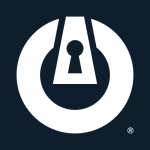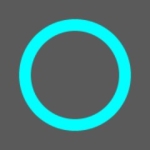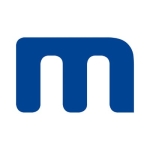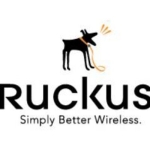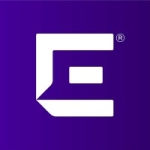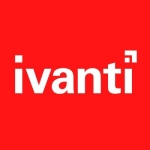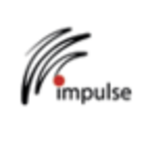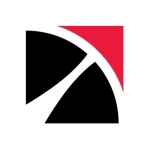I was a distributor and system integrator of FortiNAC. We were opening a lot of tickets and there were lots of bugs, so I replaced it with Forescout very easily. Within two days, I replaced everything. With FortiNAC, I was just doing the implementation, making things work properly, and beginning testing after five days.
FortiNAC is deployed on-prem. They're not major enough to be on cloud. Even on-prem is not doing good.
Version 9.1 has been an improvement on previous versions. It's a good solution for SMB.
Any NAC solution has three to four phases. The first phase is discovery and classification. They do discovery, but they are lacking a lot of features in terms of classification. Also, they don't do a lot of classifications. They cannot help you if, for example, you're classifying Windows, and you want to check which Windows version it is, like Windows 7, Windows 8, Windows 10. It's a little bit difficult. It's not easy like the other products.
Classifications and visibility need to be improved a lot. They have to start work on being agentless. Agentless means they need to have strong integration with Windows. They need to use the RTC. They cannot force people to have an agent for people who are going to the domain. There needs to be compatibility with switches. For any NAC solution, all the inputs will be through switches. So if it is not compatible with switches, this is a big disaster. When I was doing their switches, there were a lot of customers whose switches were not compatible with FortiNAC.
If these things are well-designed, then they can compete in the NAC market. And also in terms of IOT, they cannot discover the IOT things perfectly or the OT, operation technology, things.
In terms of HA, they're having a lot of problems. You just need to put the HA between two clients, and you have a lot of problems. There are problems with the classifications. In terms of control, they're not doing well. They cannot do integration with SCCM, for example. They have a lot of things missing.
I started using FortiNAC since Fortinet bought it in 2018. They bought it with Bradford, and I was one of the few people in Saudi who knows FortiNAC. I have known FortiNAC since it was 7.2, and there were a lot of bugs. Even now, 8 has a lot of bugs.
Now they have jumped to 9.1 and 9.2. I used version 9.1.2. They just changed the dashboard, but it's still agent based. I deeply know what FortiNAC is doing, and it's not doing good. I used to work with them, and then I left. Now, I'm purely working with Forescout technology.
It's not a stable solution. If you want to do the HA, suddenly both appliances will be gone. Both FortiNAC and Forescout are being built on CentOS Linux. Doing HA with FortiNAC, which should be very simple, is just a disaster. I know three customers who are complaining.
I have switched to Forescout because in regards to technology, application, visibility, and control, Forescout is unbelievable. Forescout is a great platform for OT things.
I would rate this solution 5 out of 10.
It's a difficult solution. I used to be the FortiNAC guy, so I will be tough on them. In Saudi, I was the number three FortiNAC guy.
I can recommend FortiNAC for SMBs: small and medium businesses, but they will still suffer. I would recommend Forescout more.












